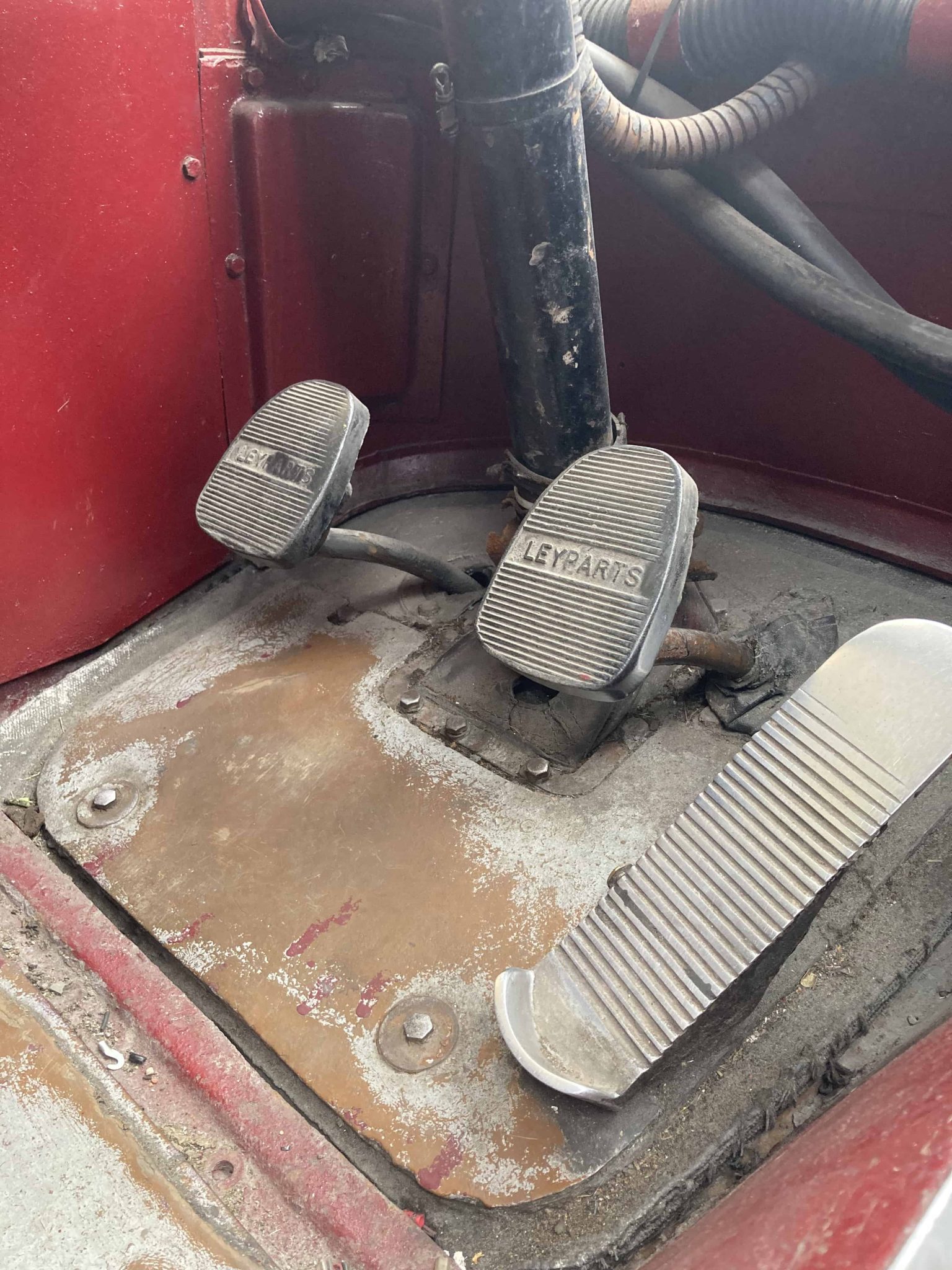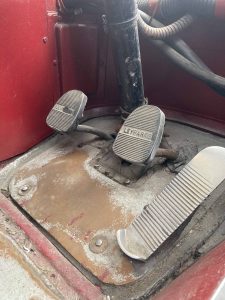I read with interest the recent article in routeone about the call for pedal monitoring cameras to be required on all new buses across the country, which is a very good idea when there is an accident, as it proves one way or another if the driver was accelerating or braking.
However, I have driven coaches, buses and HGVs of varying makes with different pedal layouts over the decades, and unintended acceleration was something in my career that was unheard of. We had big chunky pedals with different heights that were well spaced.
In the photos provided, one of a Daimler, the other of a Crossley, it would be (I suggest) difficult to get the pedals mixed up. Everything was also at a much slower pace — nowadays, if you happen to mix the pedals up, the vehicle takes off like a rocket jet. Automatic gearboxes and powerful engines have brought this about.
I have always thought that having two very similar pedals in size and width too close together risks things going wrong very quickly. When the Dennis Dart, for example, first came onto the market, any driver with big feet could have issues. I recall some years ago discussing this very point with an engineer from Dennis, who explained that, due to the low floor and cab floor design, everything was a very tight fit.
Looking back to the 1970s, I recall Leyland being awarded a prize for the most ergonomically designed cab layout for the Leyland National. I liked driving them — the pedals were well spaced apart and felt different under the right foot.





























